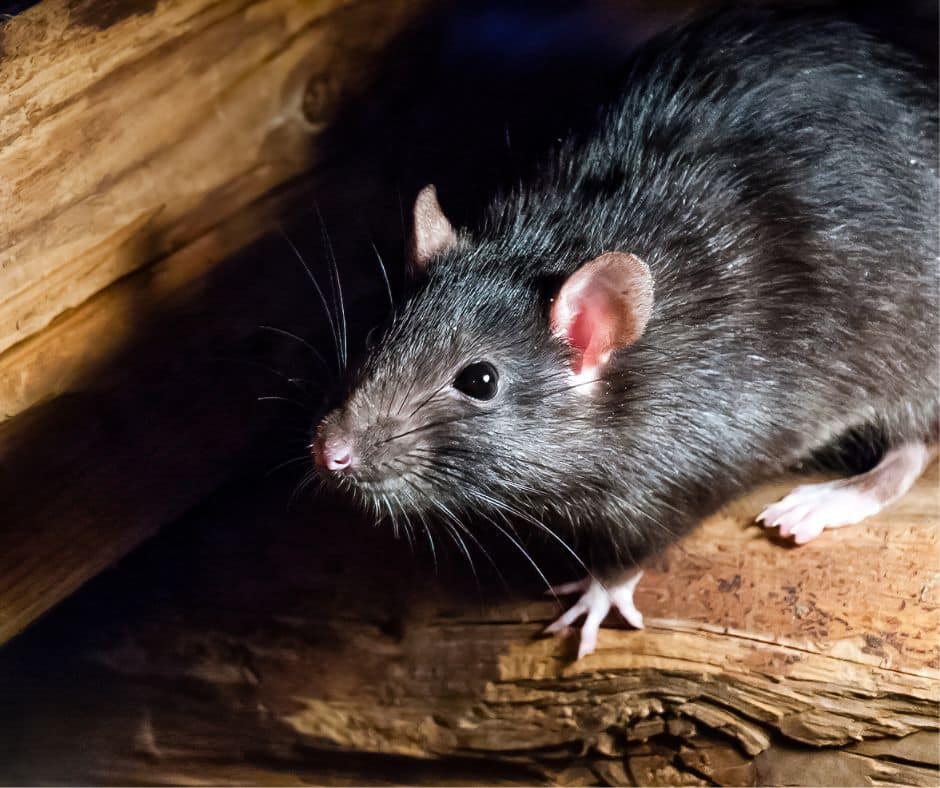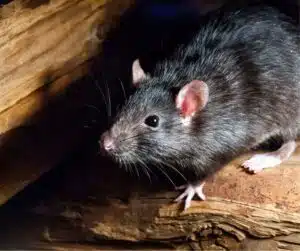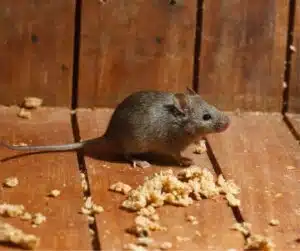
How Our Rodent Control & Treatment Works
Rodent infestations are not just frustrating, they are hazardous. Whether it’s mice, rats, or other rodents invading your property, our expert team is here to provide effective, long-lasting solutions.
We start with a thorough inspection to identify the species, locate nesting areas, and pinpoint entry points. By analyzing these factors, we create a customized plan to eliminate the infestation and prevent future intrusions.
Our approach combines safe trapping, baiting, and exclusion techniques to remove rodents while sealing entry points and addressing attractants. This two-fold strategy ensures not only the removal of existing rodents but also protects your property from repeat invasions.
Types of Rodents We Treat
Rats
Rats can enter homes through surprisingly small openings, as they only need a space the size of a quarter to squeeze through. Common rat species include the Norway rat and the roof rat, both of which can cause grave damage by gnawing on wires, insulation, and wood.
Other common rat characteristics include:
- Larger than mice, typically 8-10 inches long (excluding the tail)
- Thick, scaly tails, and fur that is usually brown, gray, or black
- Nocturnal
- Create nests in hidden, dark areas like basements, attics, or behind walls.
To help prevent rat problems, focus on eliminating access points and reducing attractants around your home. Seal any gaps or cracks in walls, foundations, and around pipes with durable materials. Keep your home clean by storing food in airtight containers and promptly cleaning up spills and crumbs. Ensure that trash bins are securely closed and remove any outdoor food sources, such as pet food or birdseed, which might attract rats. Additionally, maintaining a tidy yard and removing clutter can help reduce potential nesting sites.
Mice
Mice are a common household pest that can pose significant challenges if left unchecked. Mice are small, agile rodents that can enter through surprisingly tiny gaps, often nesting in hidden areas such as wall voids, basements, and attics. They are attracted to food sources and can quickly multiply, leading to potential contamination of your home with droppings and urine, which can carry diseases.
Other common mouse characteristics include:
- Slender bodies, large ears, and soft fur that is usually light brown, gray, or white
- Active at night
- Can fit through tiny gaps
- Breed quickly
- Seek out food in kitchens and pantries
- Leave behind droppings and evidence of gnawing
To help prevent infestations, it’s essential to keep your home clean and secure. Store food in sealed containers, promptly clean up spills and crumbs, and ensure that all garbage is tightly contained. Seal any cracks or holes in walls, floors, and around pipes to eliminate potential entry points. Reducing clutter, particularly in storage areas, can also limit nesting sites.


